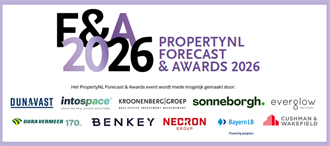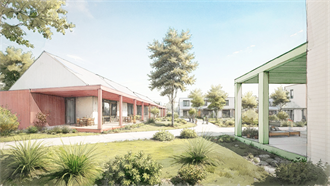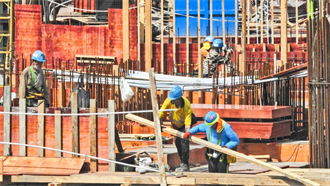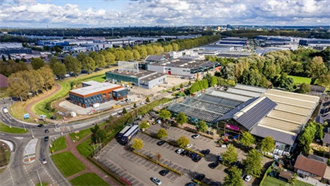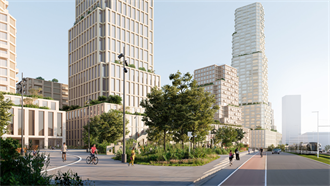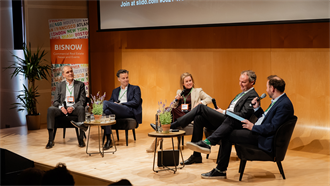PropertyNL has started compiling a list of plans for commercial real estate in the Netherlands, a market involving around 300 parties. The most important players are published in PropertyNL’s Top 101 Developers, a list of the parties that will shape the Netherlands’ future. PropertyNL Magazine 10 maart 2008 nr. 4
Top-10 Project developers in the Netherlands
- In Nieuws
- 16:39, 11 mei 2010
Dit artikel verder lezen? Log dan in (rechts bovenin), en lees een maand lang gratis PropertyNL of bekijk de huidige aanbiedingen in onze webshop!












